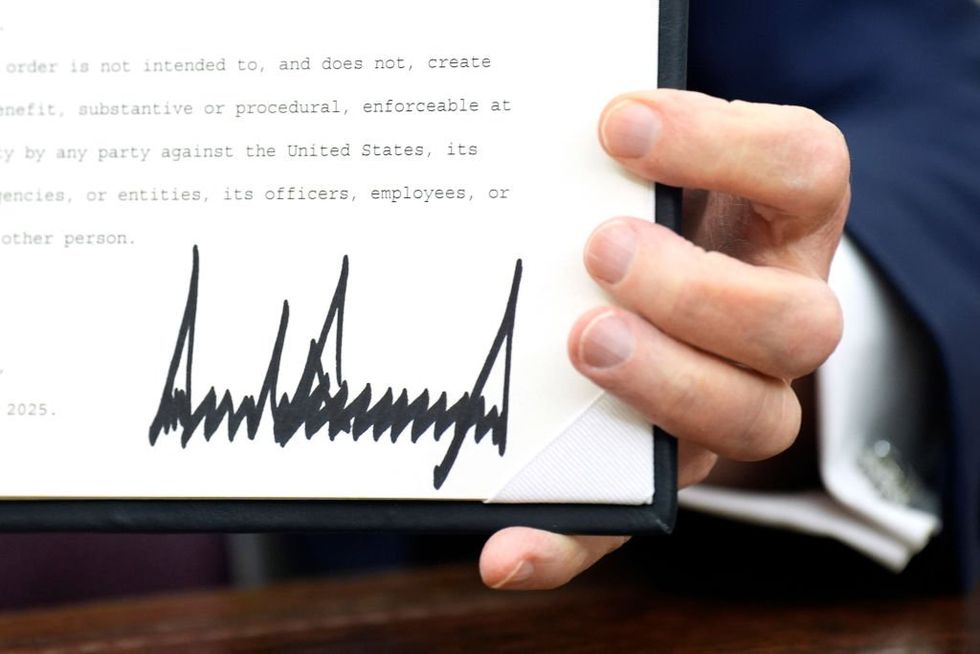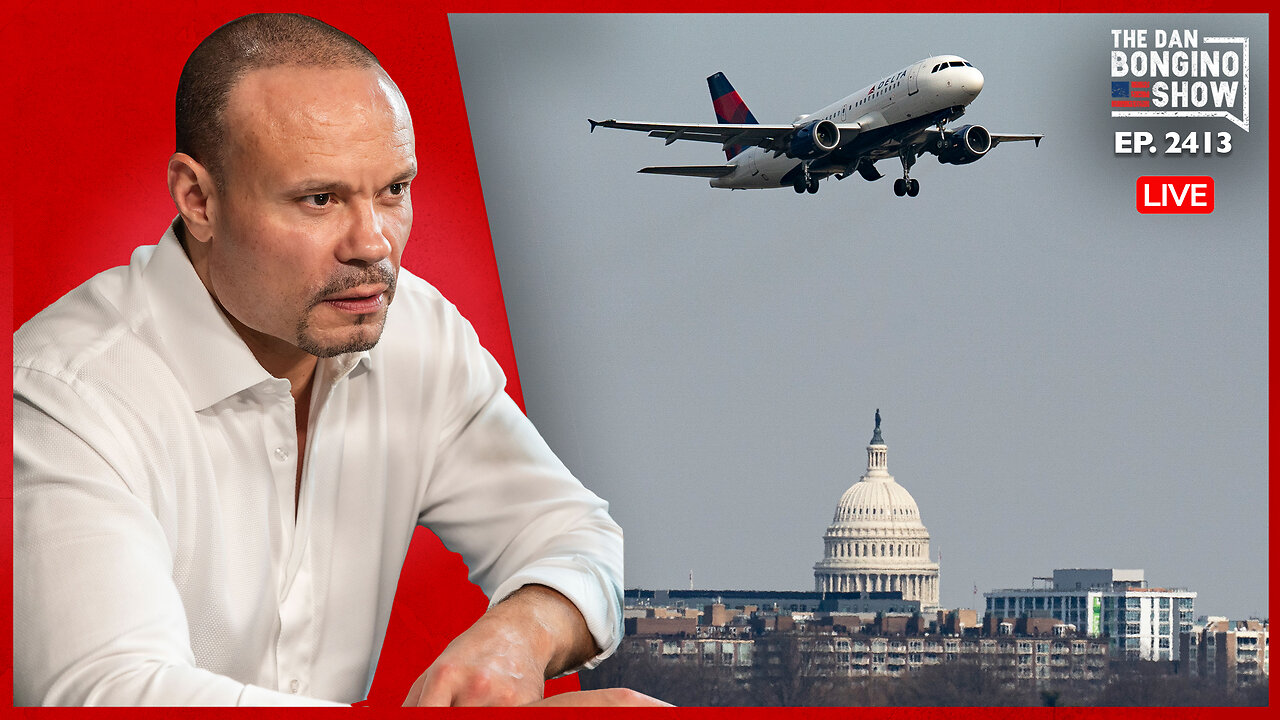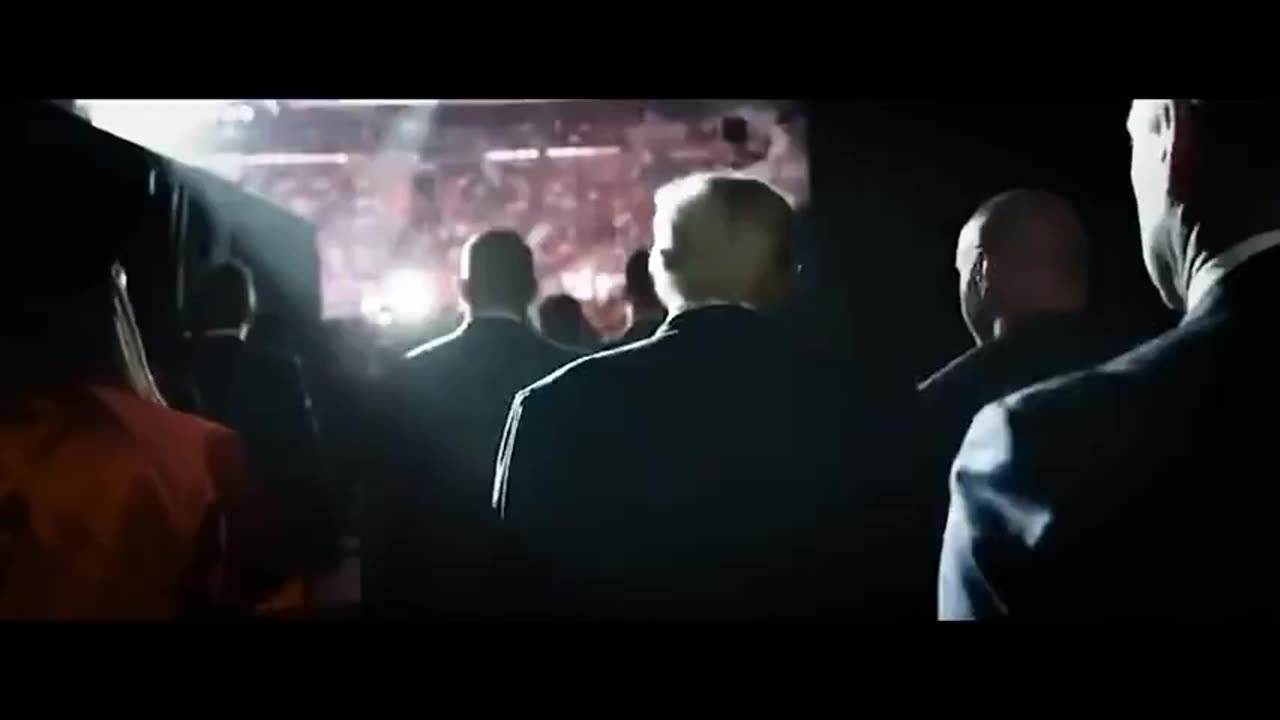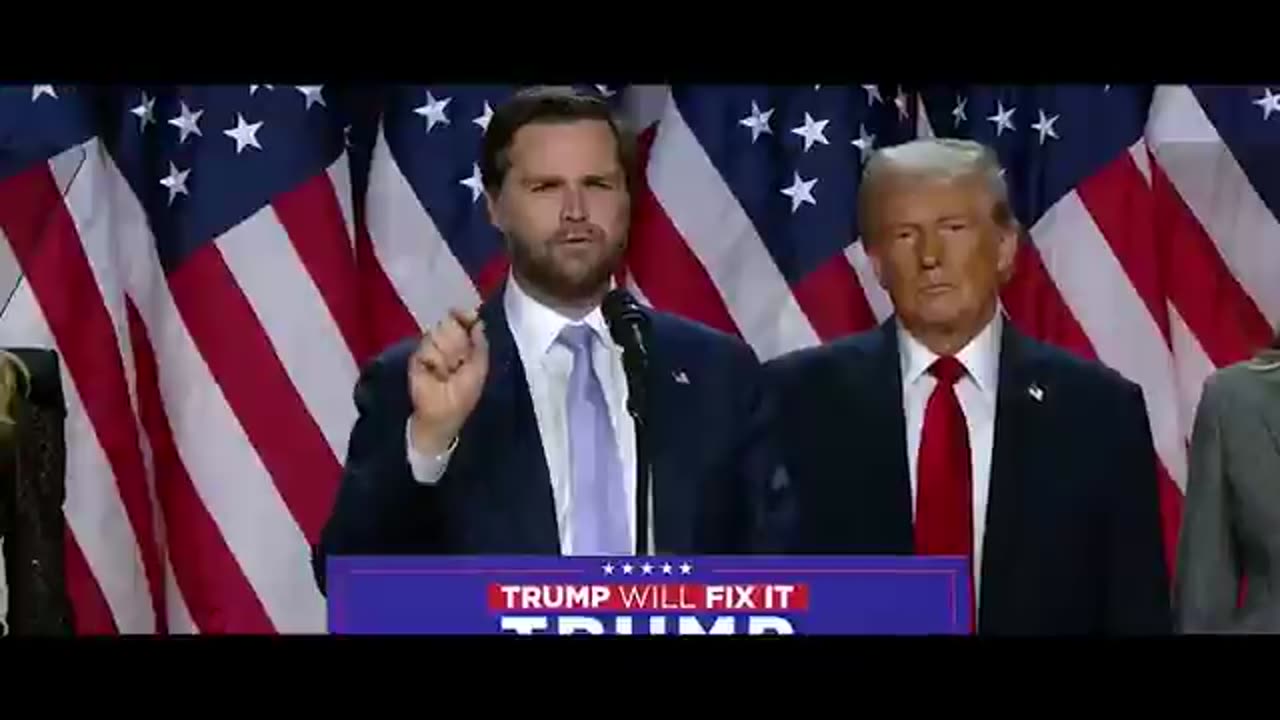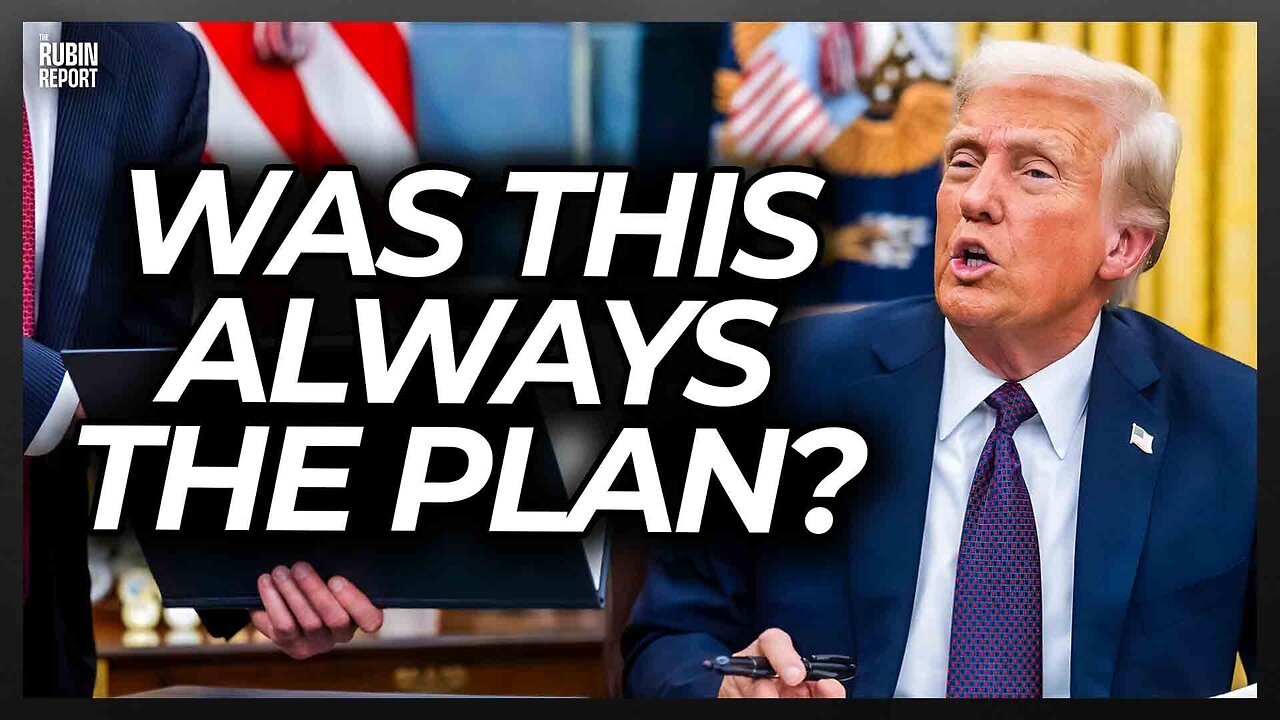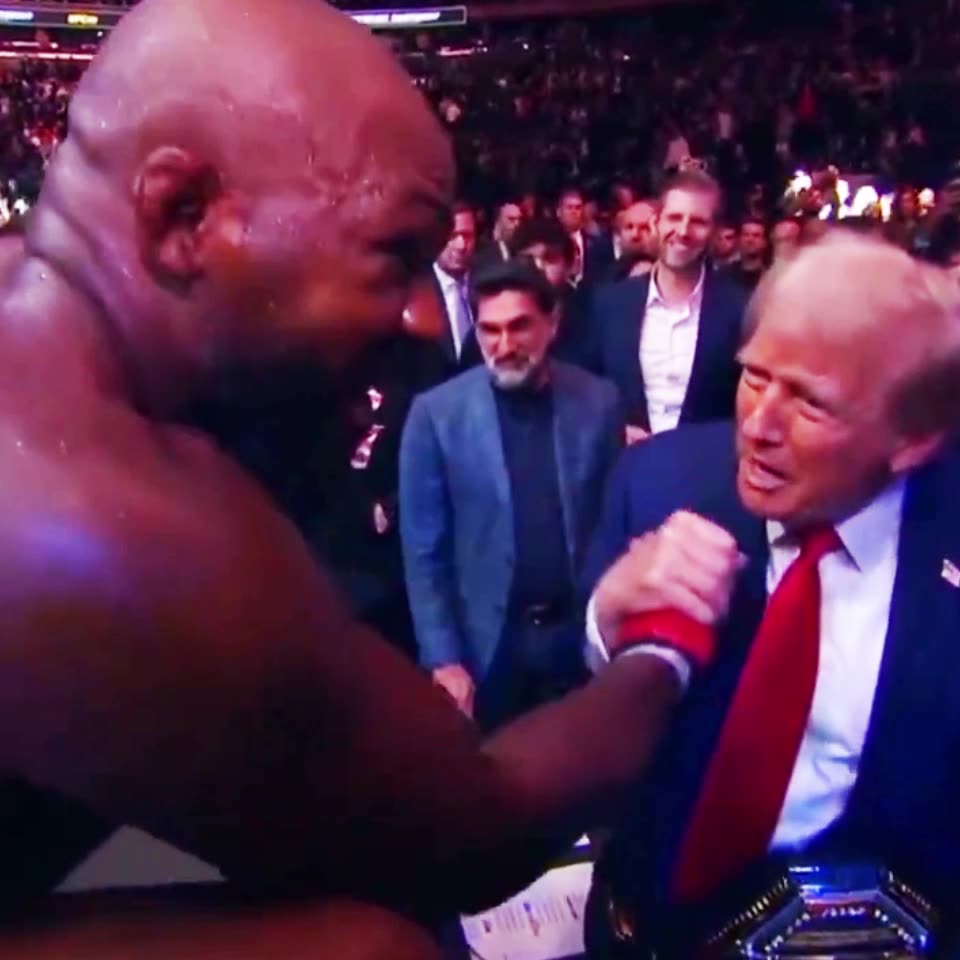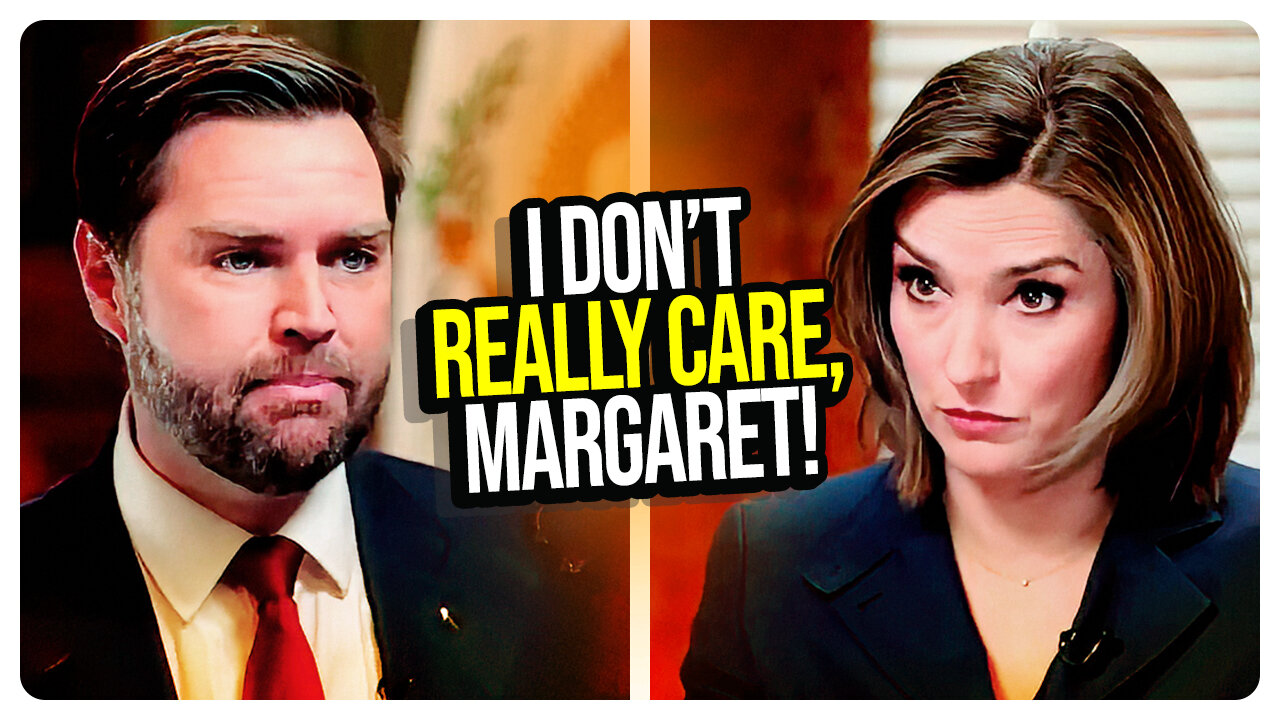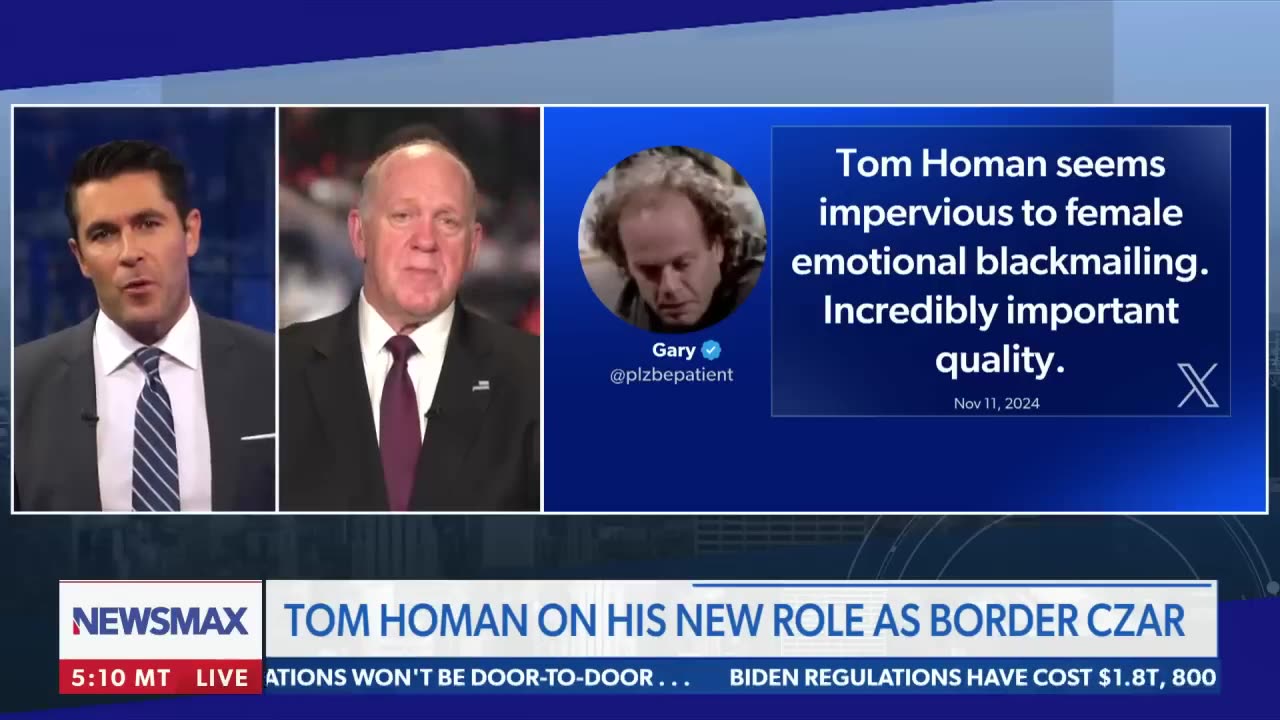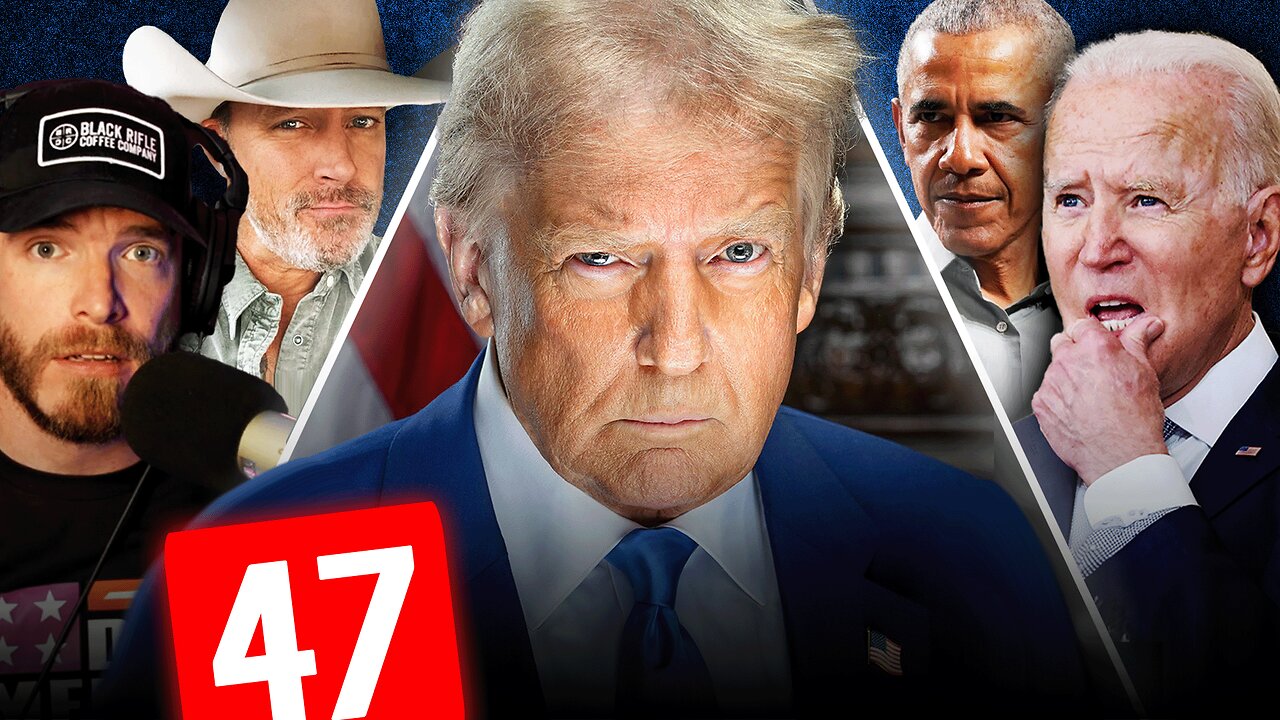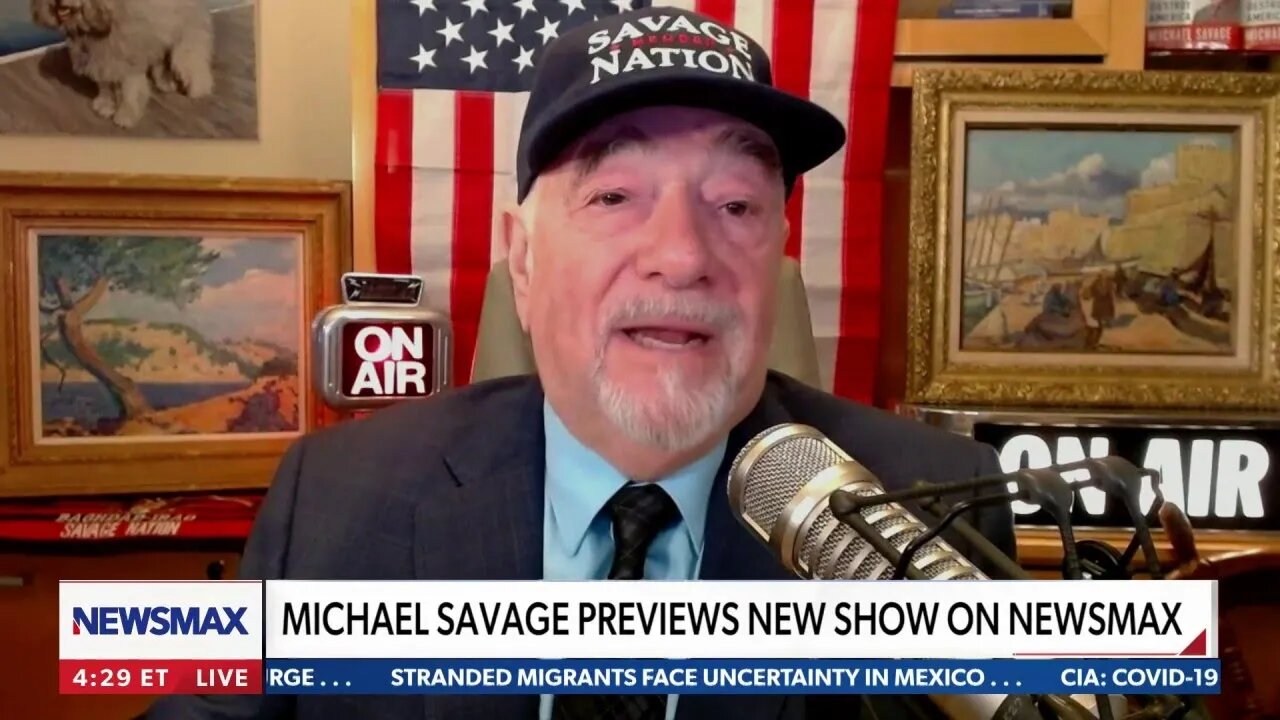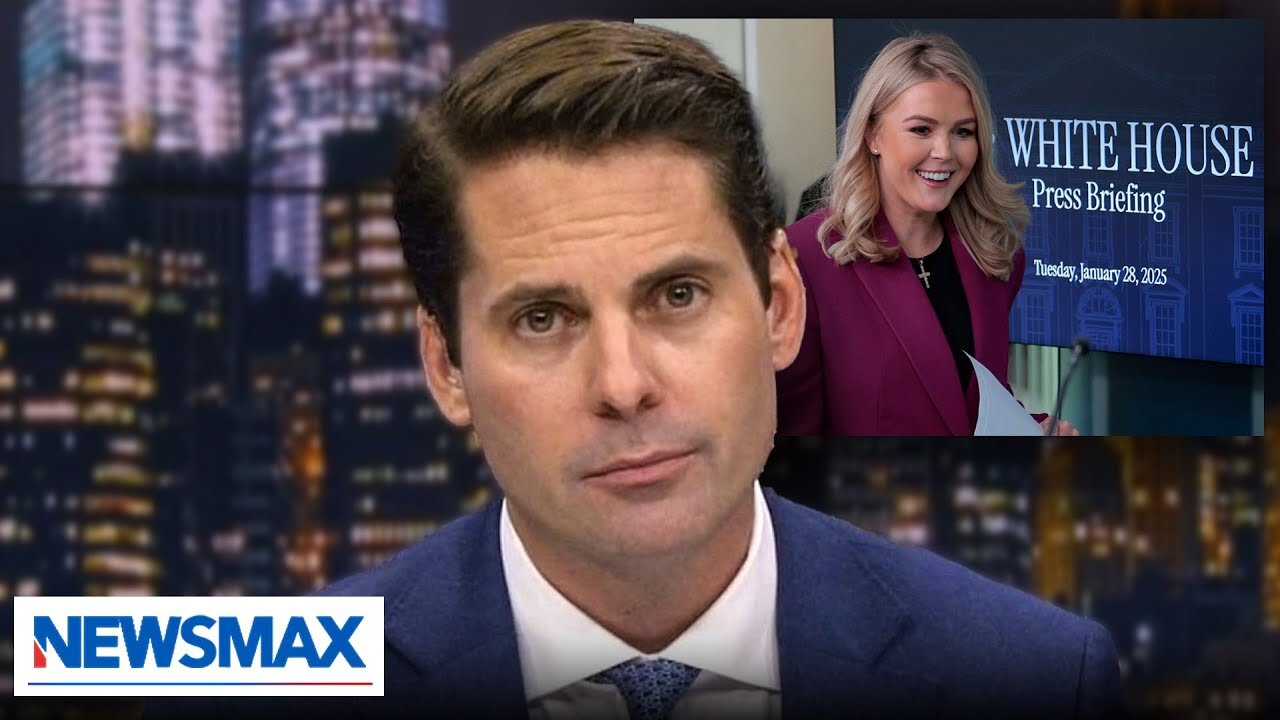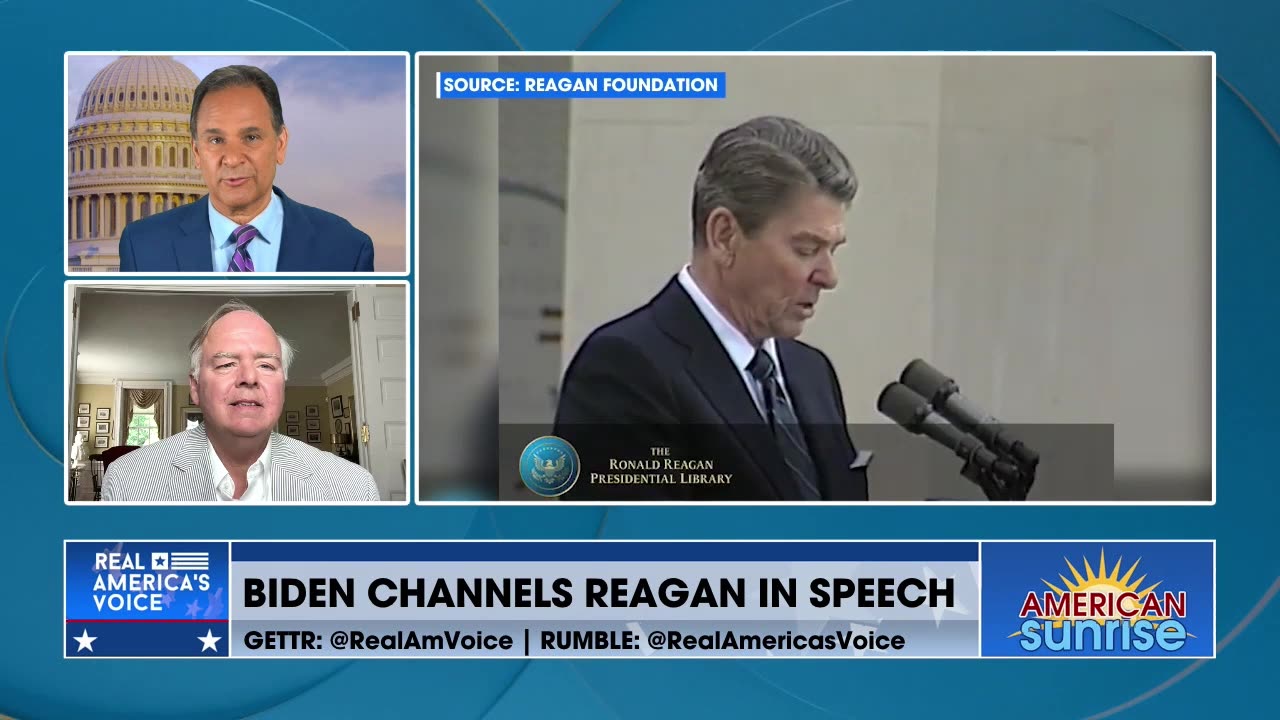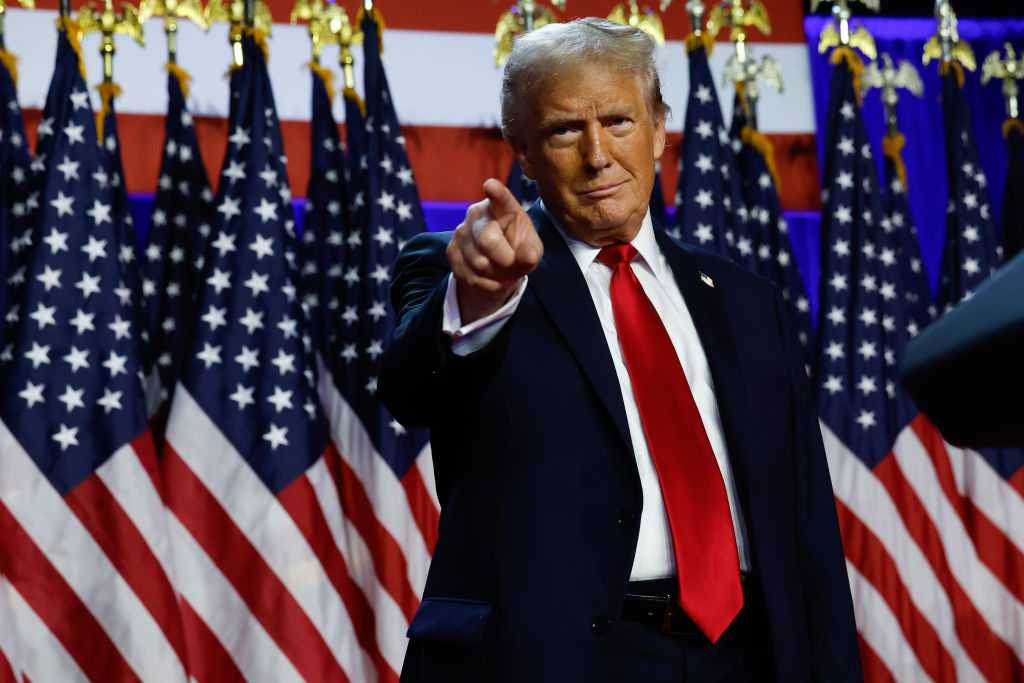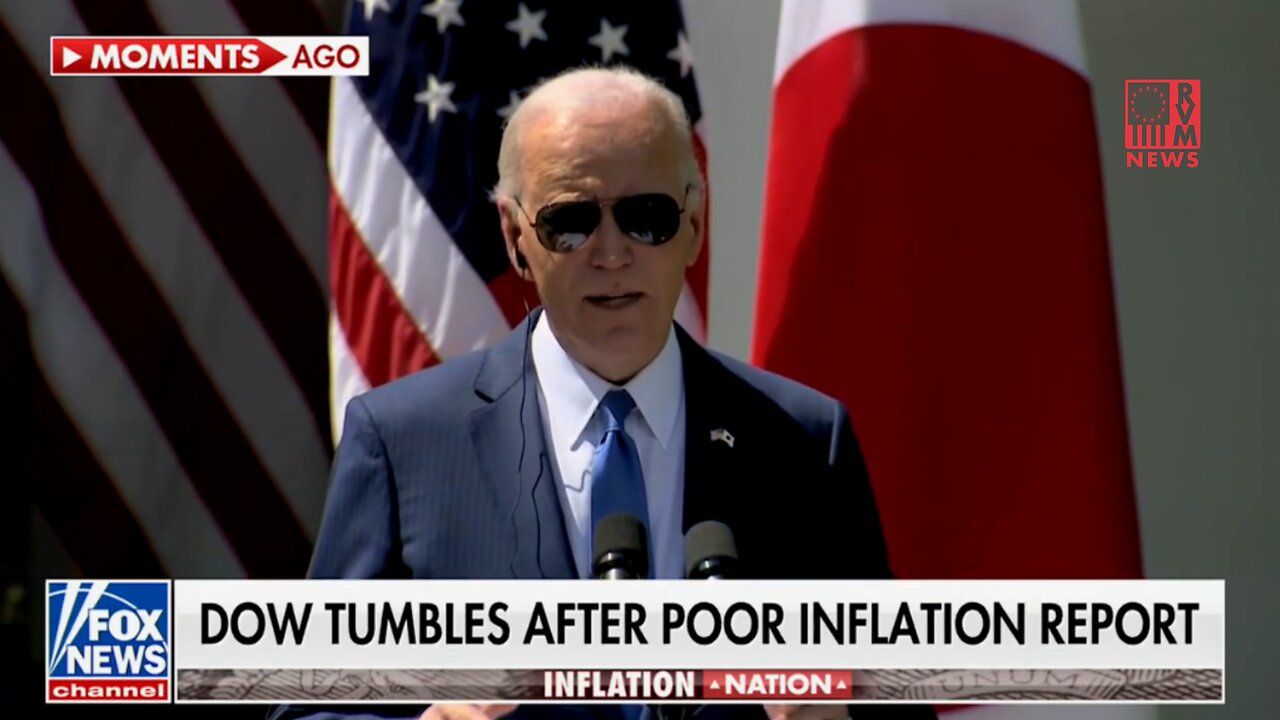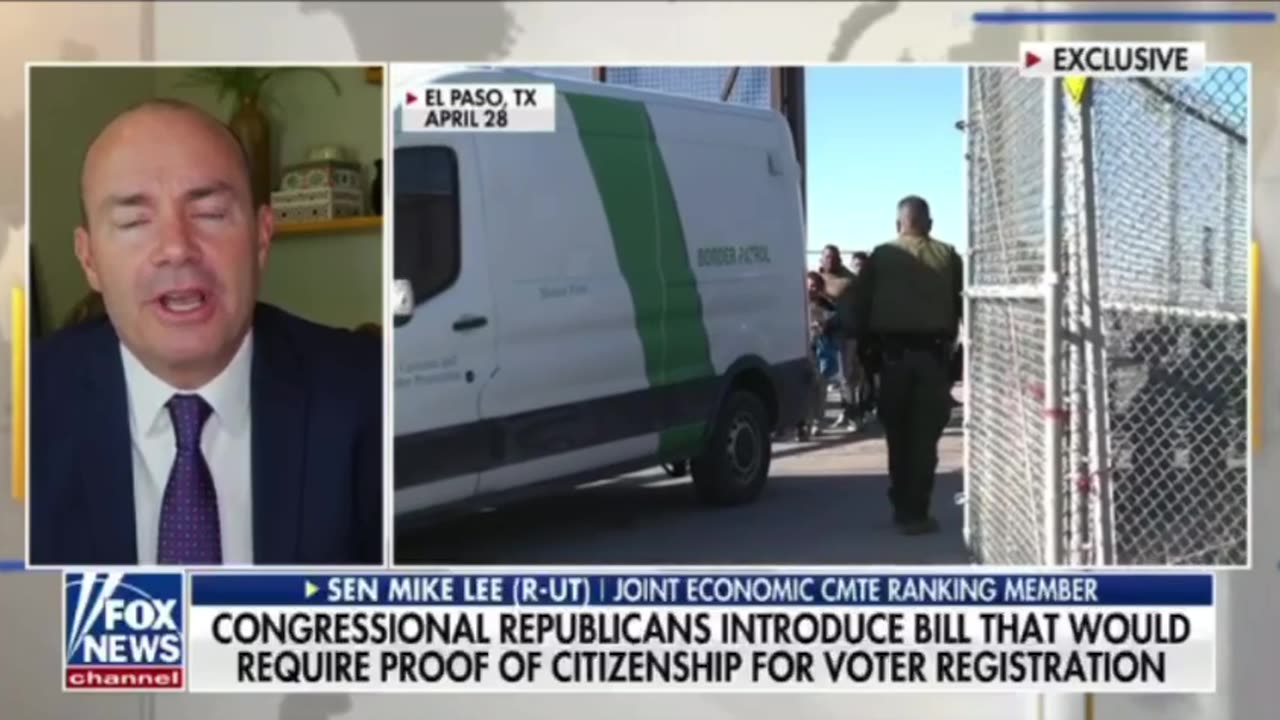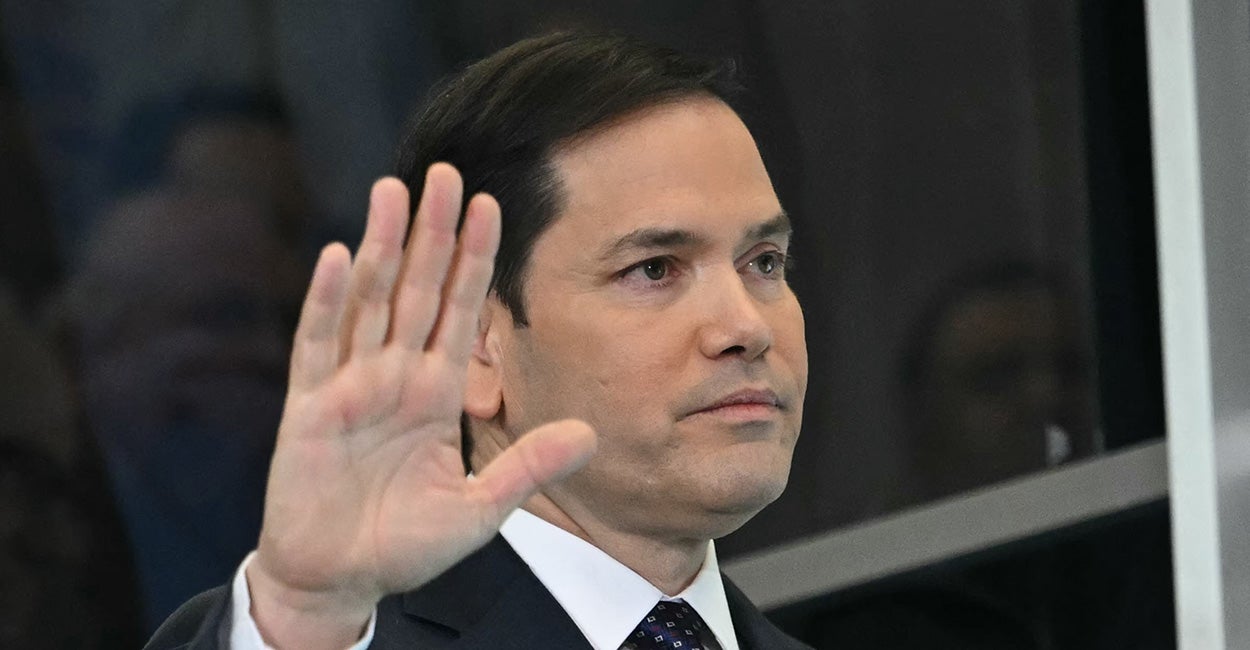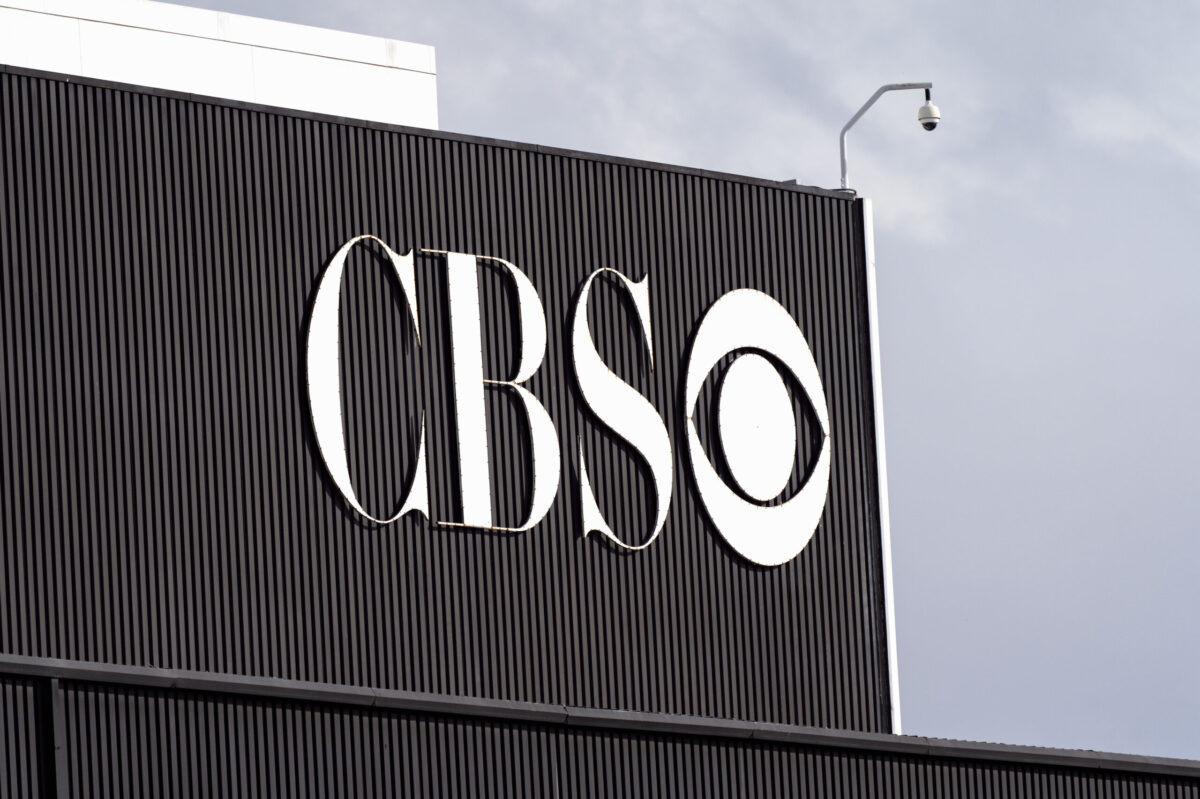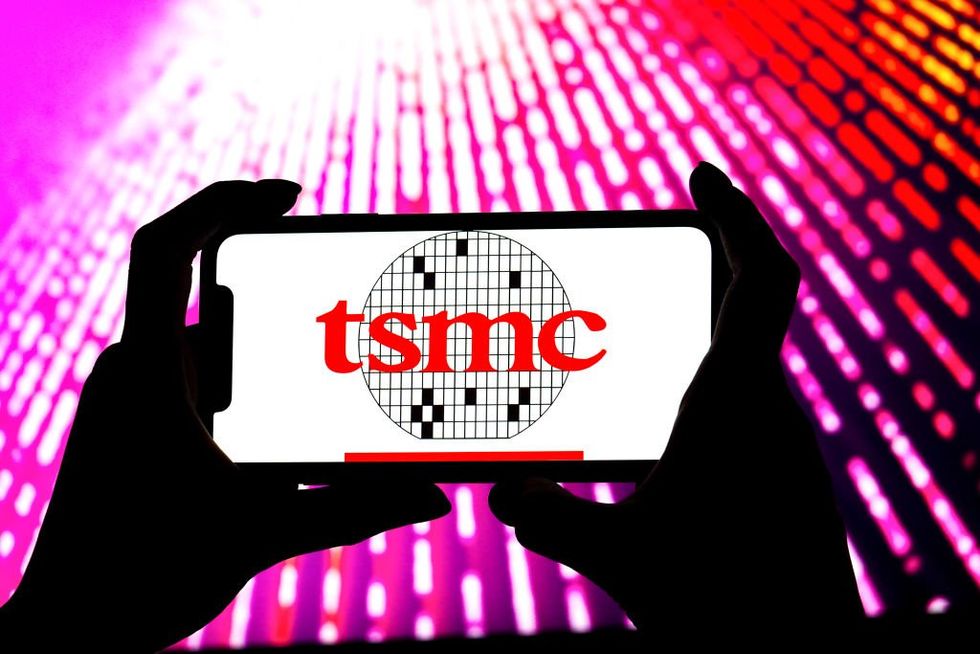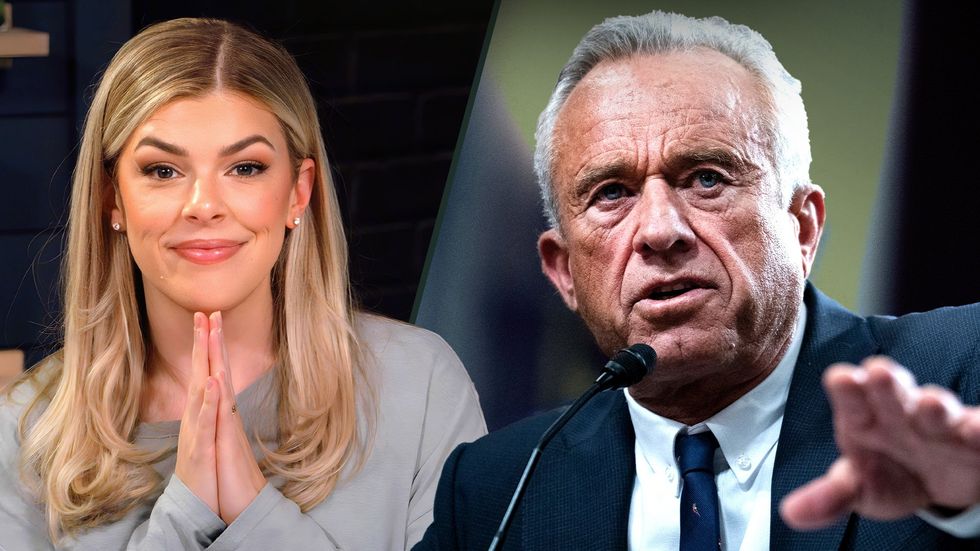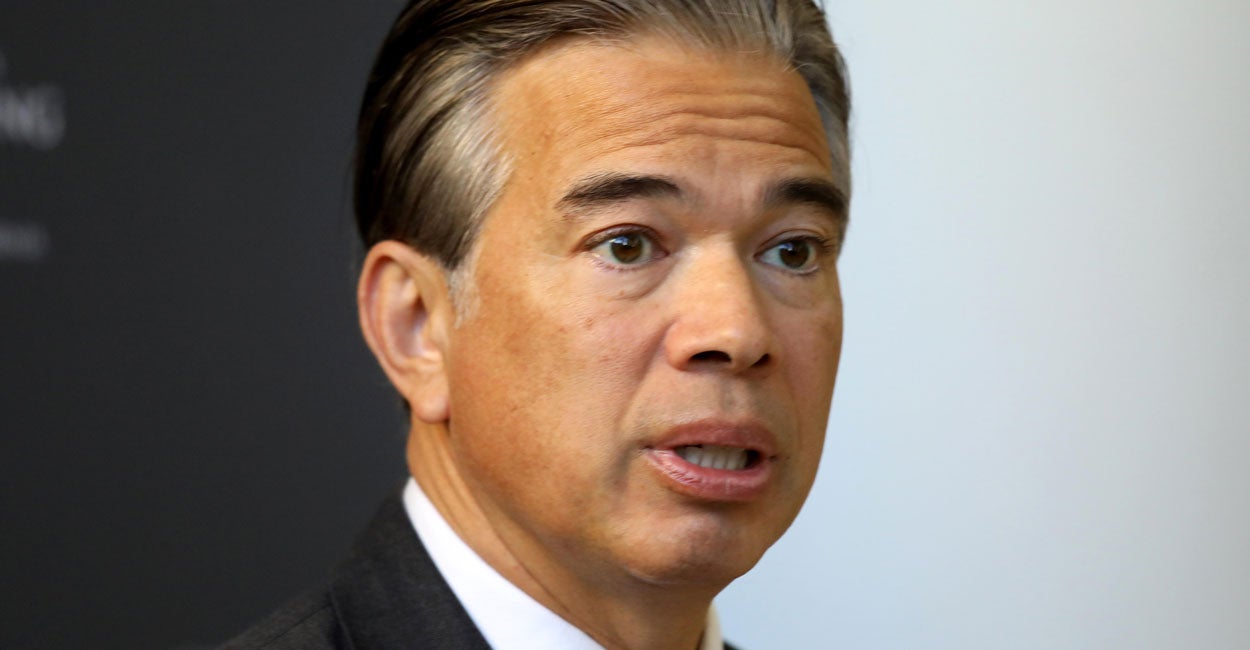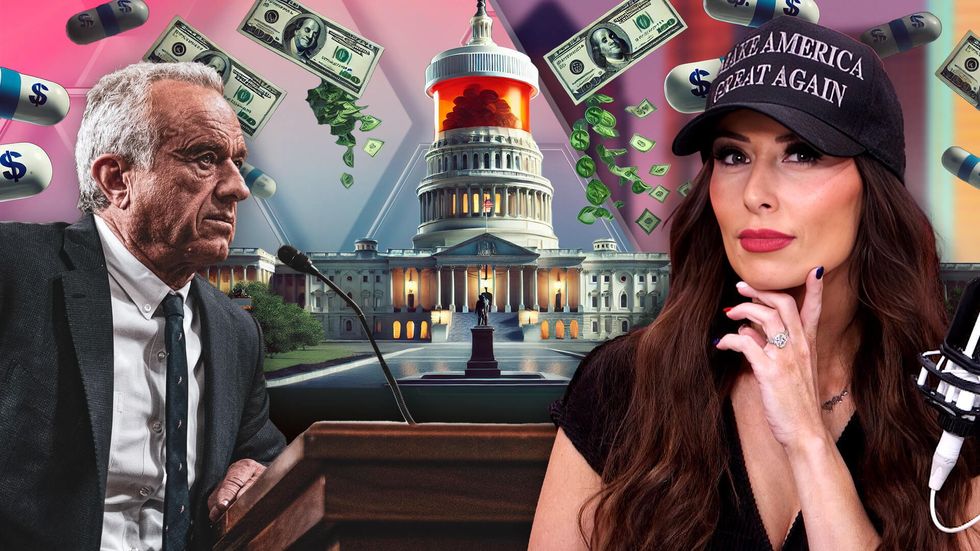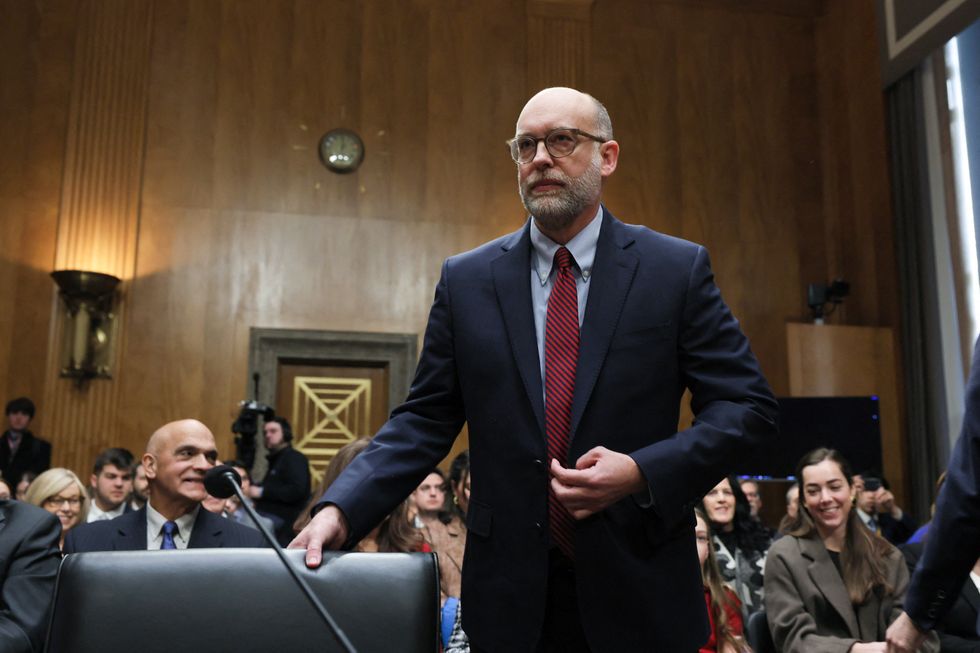2025: The year car prices return to Earth
These vehicles are priced to move — straight into a brick wall. Car prices have risen an average of $10,000 since 2020. Manufacturers love the profit margins — for now. But with models flooding the market at prices consumers simply can't afford, we've got prime conditions for a crash. All brands are loading up their top-trim levels — only to find sticker shock scaring off the customers. As a result, dealers are getting desperate — and creative.Insurance premiums have doubled, and repossession rates are the highest ever at 23% — which means banks are less likely to give out loans and leases. Not good, considering that inventory levels — across all vehicle manufacturers and dealerships — are the highest they’ve been in the last eight years. Those buyers who do make the cut better be prepared: Monthly payments are sitting at an average of $760 and above.Frozen TundrasThis all spells trouble.The types of cars not selling may surprise you: New Toyota Tundras, which used to fly off the lot in weeks, now languish in park for as many as 250 days. What changed? Try the new $60,000-$70,000 price tag.Then, there are the new Ford Explorers. You'd think the savings of shifting production to Mexico would get passed on to the consumer. Think again — at around $80,000 a piece, these cars are wildly overpriced. A few extra features and safety measures are easy to skip when you can get a Ford Maverick for $30,000.Sticker shockAll brands are loading up their top-trim levels — only to find sticker shock scaring off the customers. As a result, dealers are getting desperate — and creative. According to Kelley Blue Book, incentives designed to attract buyers now average 7.7%, or $3,744, “the highest amount in over three years and about $200 more than September.”KBB also reports a sharp increase in the number of automakers offering 0% financing and other deals to qualified buyers for less in-demand vehicles like the non-hybrid models of the 2024 Kia Sportage. A lack of used vehicles means that trade-in value has also increased. I predicted this three years ago, based on the chip shortage and the subsequent lowered production. Used car pricing is strong, with less inventory available.So while the market is still too expensive for many buyers, we may soon see far more favorable conditions. Basic is beautifulThe Fed's three consecutive rate cuts since September should trickle down to car buyers later this year. According to Cox Automotive chief economist Jonathan Smoke (as quoted by KBB): “I expect the best time for lower rates will be by the spring. ... [Buyers] could see 1-1.5 points of further improvement, more on used vehicles.”This could mean 3%-5% drop in new car prices by the end of the year, bolstered by greater incentive programs.Expect to see more entry-level trims and lower-priced cars returning to the market — meeting the huge demand for vehicles under $25,000. I also expect EV sales will slow way down without mandates and tax credits, the only exception being Tesla. Whatever happens — as always — we'll keep you posted.


These vehicles are priced to move — straight into a brick wall.
Car prices have risen an average of $10,000 since 2020. Manufacturers love the profit margins — for now. But with models flooding the market at prices consumers simply can't afford, we've got prime conditions for a crash.
All brands are loading up their top-trim levels — only to find sticker shock scaring off the customers. As a result, dealers are getting desperate — and creative.
Insurance premiums have doubled, and repossession rates are the highest ever at 23% — which means banks are less likely to give out loans and leases. Not good, considering that inventory levels — across all vehicle manufacturers and dealerships — are the highest they’ve been in the last eight years.
Those buyers who do make the cut better be prepared: Monthly payments are sitting at an average of $760 and above.
Frozen Tundras
This all spells trouble.
The types of cars not selling may surprise you: New Toyota Tundras, which used to fly off the lot in weeks, now languish in park for as many as 250 days. What changed? Try the new $60,000-$70,000 price tag.
Then, there are the new Ford Explorers. You'd think the savings of shifting production to Mexico would get passed on to the consumer. Think again — at around $80,000 a piece, these cars are wildly overpriced. A few extra features and safety measures are easy to skip when you can get a Ford Maverick for $30,000.
Sticker shock
All brands are loading up their top-trim levels — only to find sticker shock scaring off the customers. As a result, dealers are getting desperate — and creative. According to Kelley Blue Book, incentives designed to attract buyers now average 7.7%, or $3,744, “the highest amount in over three years and about $200 more than September.”
KBB also reports a sharp increase in the number of automakers offering 0% financing and other deals to qualified buyers for less in-demand vehicles like the non-hybrid models of the 2024 Kia Sportage.
A lack of used vehicles means that trade-in value has also increased. I predicted this three years ago, based on the chip shortage and the subsequent lowered production. Used car pricing is strong, with less inventory available.
So while the market is still too expensive for many buyers, we may soon see far more favorable conditions.
Basic is beautiful
The Fed's three consecutive rate cuts since September should trickle down to car buyers later this year.
According to Cox Automotive chief economist Jonathan Smoke (as quoted by KBB): “I expect the best time for lower rates will be by the spring. ... [Buyers] could see 1-1.5 points of further improvement, more on used vehicles.”
This could mean 3%-5% drop in new car prices by the end of the year, bolstered by greater incentive programs.
Expect to see more entry-level trims and lower-priced cars returning to the market — meeting the huge demand for vehicles under $25,000. I also expect EV sales will slow way down without mandates and tax credits, the only exception being Tesla.
Whatever happens — as always — we'll keep you posted.
Originally Published at Daily Wire, World Net Daily, or The Blaze
What's Your Reaction?



















